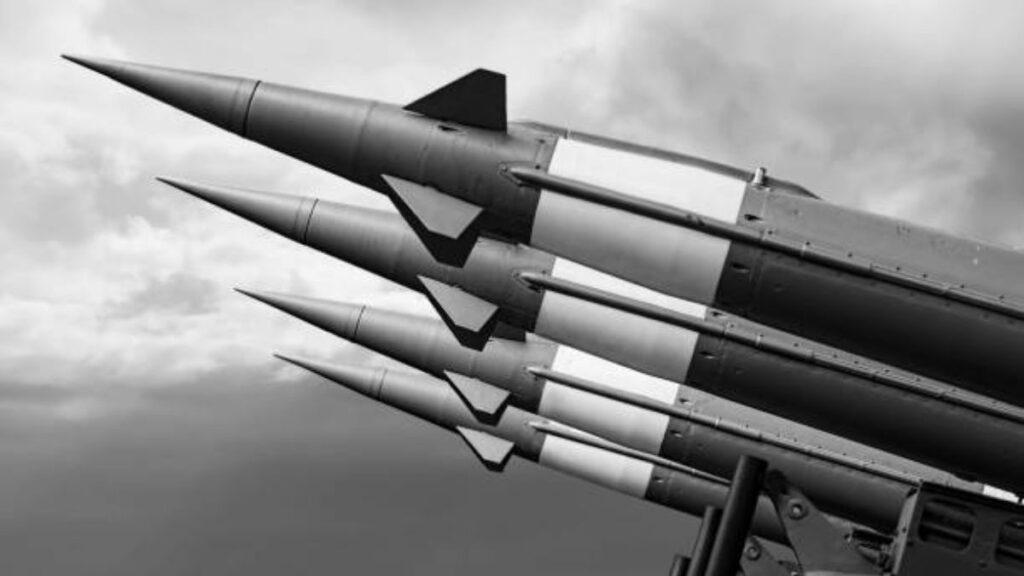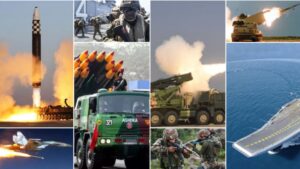India increased its nuclear arsenal in 2024 to move ahead of Pak; China deploys 24 warheads on high operational alert

World's nuclear stockpile comes down but operational deployment goes up
The nine nuclear-armed countries—the United States, Russia, the United Kingdom, France, China, India, Pakistan, the Democratic People’s Republic of Korea (North Korea) and Israel—continued to modernize their nuclear arsenals and several deployed new nuclear-armed or nuclear-capable weapon systems in 2023.
While it is heartening to see the total number of nuclear warheads reducing after the cold war, this number may just be a cosmetic comfort as more and more nukes are being put to high operational readiness, with China joining the club of countries who have operationally deployed nukes with their armed forces. Those countries were the US, Russia, UK, France and now China.
Those nukes that are not kept in central storage vaults, rather being deployed with armed forces, are called warheads on high operational alert. As of 2024, India, Pakistan, North Korea and Israel do not have any nukes deployed on high operational alert.
According to The Stockholm International Peace Research Institute (SIPRI), of the total global inventory of an estimated 12,121 warheads in January 2024, about 9585 were in military stockpiles for potential use. An estimated 3904 of those warheads were deployed with missiles and aircraft—60 more than in January 2023—and the rest were in central storage. Around 2100 of the deployed warheads were kept in a state of high operational alert on ballistic missiles. Nearly all of these warheads belonged to Russia or the USA, but for the first time China is believed to 24 warheads on high operational alert.

‘While the global total of nuclear warheads continues to fall as cold war-era weapons are gradually dismantled, regrettably we continue to see year-on-year increases in the number of operational nuclear warheads,’ said SIPRI Director Dan Smith. ‘This trend seems likely to continue and probably accelerate in the coming years and is extremely concerning.’
India, Pakistan and North Korea are all pursuing the capability to deploy multiple warheads on ballistic missiles, something Russia, France, the UK, the USA and—more recently—China already have. This would enable a rapid potential increase in deployed warheads, as well as the possibility for nuclear-armed countries to threaten the destruction of significantly more targets.
Russia and the USA together possess almost 90 per cent of all nuclear weapons in the world. The sizes of their respective military stockpiles (i.e. useable warheads) seem to have remained relatively stable in 2023, although Russia is estimated to have deployed around 36 more warheads with operational forces than in January 2023.
Transparency regarding nuclear forces has declined in both countries in the wake of Russia’s full-scale invasion of Ukraine in February 2022, and debates around nuclear-sharing arrangements have increased around the world.
The article is based on the findings of The Stockholm International Peace Research Institute (SIPRI) during its annual assessment of the state of armaments, disarmament and international security.









